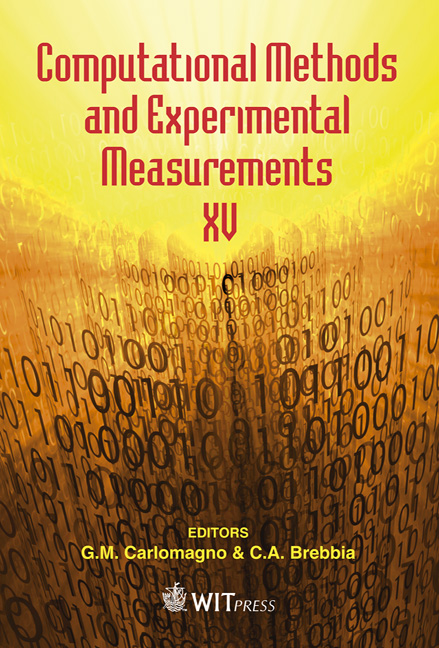Two Step Method For Rail Potential Rise Analysis In A DC Traction Power Supply System
Price
Free (open access)
Transaction
Volume
51
Pages
9
Page Range
703 - 711
Published
2011
Size
453 kb
Paper DOI
10.2495/CMEM110621
Copyright
WIT Press
Author(s)
S. Chung, H. Kim & H. Jeong
Abstract
An algorithm for analyzing the rail potentials in a DC traction power supply system is proposed. The distinctive feature of this algorithm is that it uses the node voltage method twice in the rail potential analysis. To calculate the rail potentials, the leakage resistance of the running rail must be included in the equivalent network which makes it difficult to apply the node voltage method. The mesh current method has the drawback that the initial mesh currents are difficult to estimate, which is necessary for an iterative network solution. In this algorithm, the rail potentials are obtained by applying the node voltage method twice. In the first stage, the injection currents to the negative rail are obtained from a load-flow study. In the next stage, a network consisting of the negative rail and the injection currents is constructed. The leakage resistance to ground is added to the network a, and the rail potentials of the network are analyzed. A computer load flow analysis software package was developed to verify the validity of the algorithm. The results from the software are compared with the EMTP-RV circuit analysis results, and the results are nearly identical. Keywords: rail potential, simulation, DC traction power. 1 Introduction In most DC powered electric railways, running rails are also used as the negative return path to the rectifier negative bus in the substation. In this system, the potentials of the running rails rise with increasing load current. The increased rail potential causes concern for human safety, due to the possibly hazardous excessive touch voltage and step voltages [1]. For this reason, the maximum allowable rail potential is limited by IEC standard 62128 [3]. The rail potential
Keywords
rail potential, simulation, DC traction power





